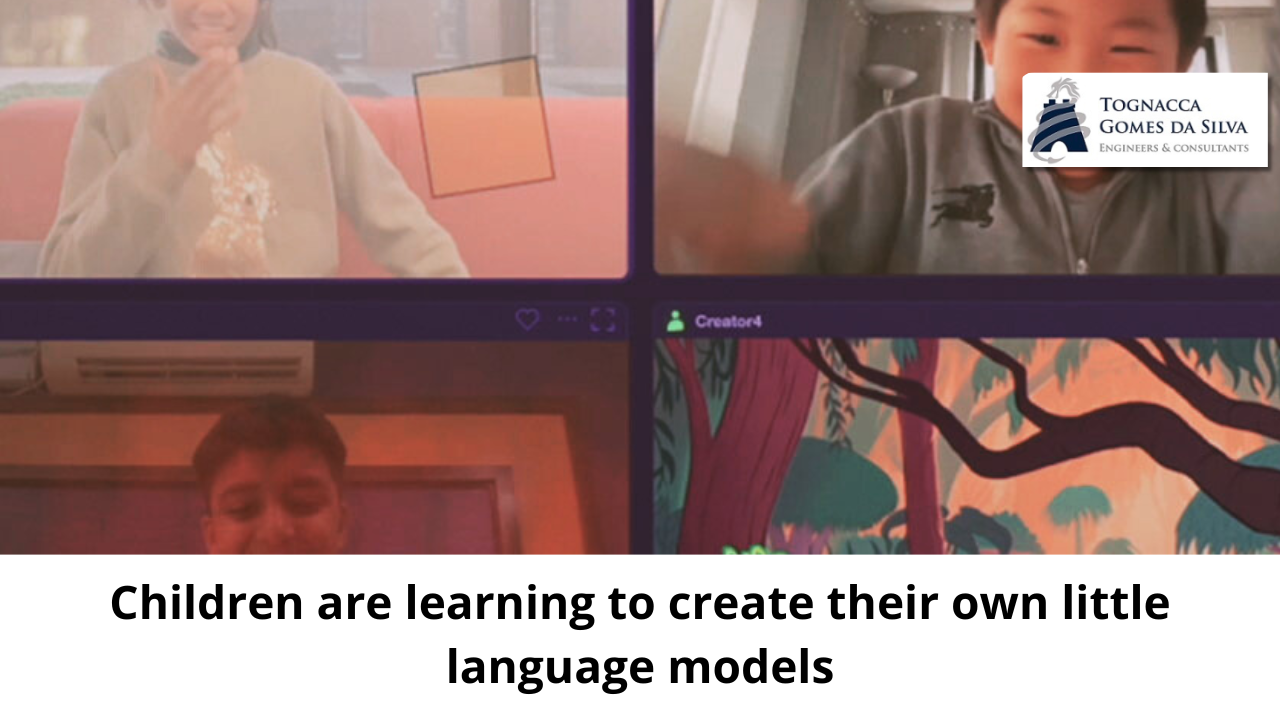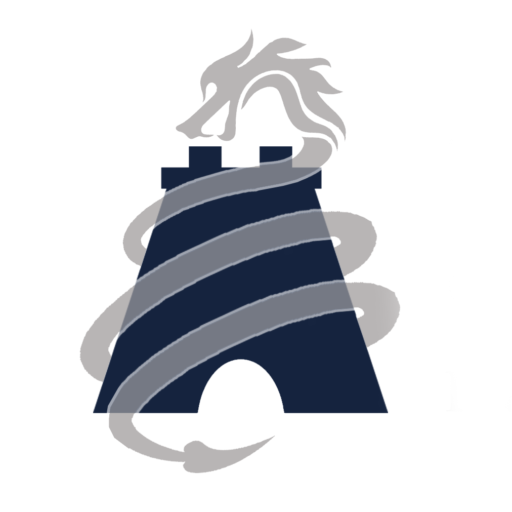“This new AI technology is very interesting. Learning how it works and understanding it better is incredible,” says Luca, 10 years old, a young creator of AI models.
Luca is one of the first children to try Little Language Models, a new application created by Manuj and Shruti Dhariwal, two doctoral researchers at the MIT Media Lab. The program helps children understand how artificial intelligence models work, allowing them to build small-scale versions on their own.
The initiative introduces complex concepts that support modern AI models, without being tied to theoretical explanations. Instead, children can visualize and apply concepts in practice, a strategy that facilitates understanding. “What does it mean to get children to see themselves as creators of AI technologies and not just users?” asks Shruti.
Learning from data and probabilities
The program begins with using data to demonstrate probabilistic thinking, a decision-making system that considers uncertainty. This thinking is the basis of current language models (LLMs), which predict the most likely word to follow in a sentence. By teaching a concept like this, the program helps demystify how LLMs work for children, showing that sometimes the model’s choices are imperfect, but based on probabilities.
Students can customize the variables on each side of a die and adjust the chances of each face appearing on a roll. Luca thought it was “really cool” to include this functionality in the design of a game similar to Pokémon that he is developing. However, practice also demonstrates fundamental realities about AI.
For example, a teacher might teach about biases in AI models. Children can create a pair of dice where each face represents a hand with a different skin color. Initially, they can adjust the odds so that 100% of the throws represent white hands, reflecting a hypothetical situation of biased data. When the AI is triggered, it only generates images of white hands.
Then, the teacher can have children increase the probability of other skin colors, simulating a more diverse data set. Thus, the model begins to generate images of hands with different skin tones.
“It was interesting to use Little Language Models, because it makes AI something small, [where students] can understand what’s going on,” says Helen Mastico, a school librarian in Quincy, Massachusetts, who taught a group of middle school students. eighth year using the program.
“You start to realize, ‘Oh, this is how bias gets into systems,’” explains Shruti. “This creates a rich context for educators to start conversations and for kids to imagine how these concepts scale to grand proportions.”
Exploring advanced AI concepts
The Dhariwals’ plan is for the tool to be used globally. Students will be able to upload their own data, under the supervision of teachers. “They can also add sounds, images and scenes that represent their culture”, highlights Manuj.
Additionally, the Dhariwals have implemented a feature that allows children to explore more advanced concepts, such as Markov chains, in which a previous variable influences what comes next. For example, a child could create an AI that builds random houses out of Lego bricks. The child can configure that if the AI uses a red tile first, the probability of the next tile being yellow increases significantly.
“The best way to support young people as creative learners is to help them work on projects based on their passions,” says Mitch Resnick, the Dhariwals’ doctoral advisor and co-creator of Scratch, the world’s most famous program for teaching children to program. “And that’s what Little Language Models does: it allows kids to use these new ideas in creative ways.”
A new path for education
Little Language Models can fill a gap in current education. “There is a lack of play resources and creative tools to teach children about data literacy and AI concepts,” says Emma Callow, an educational experience designer who works with schools to implement new ways of teaching about technology. “Schools are more concerned about security than the potential use of AI. But this is changing, and use is starting to grow”, he says. “There is space for education to transform.”
Little Language Models will launch on the Dhariwals’ online educational platform, coco.build, in mid-November. They plan to test the program in several schools over the next month.
Luca’s mother, Diana, believes this opportunity will be very useful. “Experiences like this will teach about AI from an early age and help my son use it more consciously,” he says.
( fonte: MIT Technology Review)



